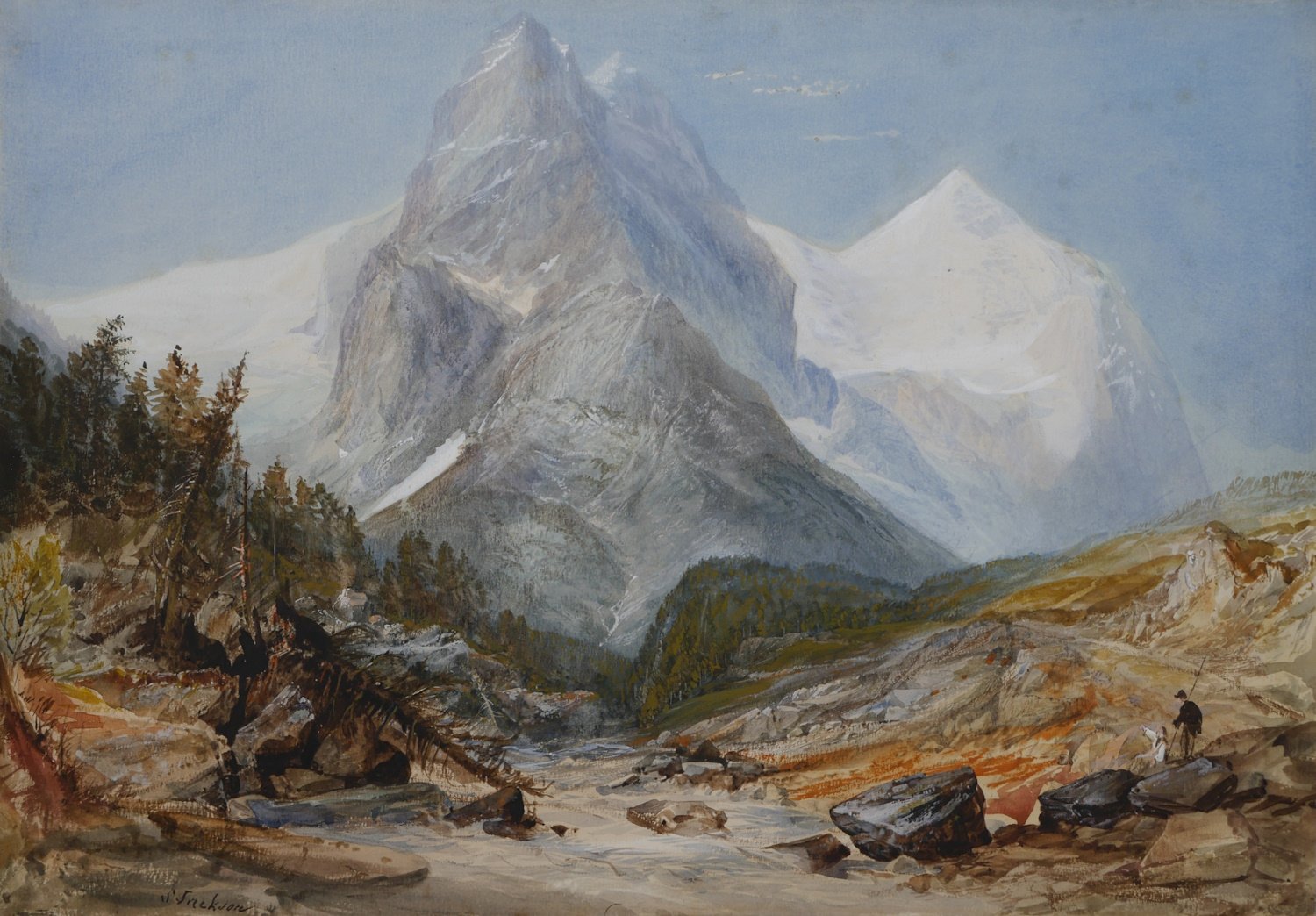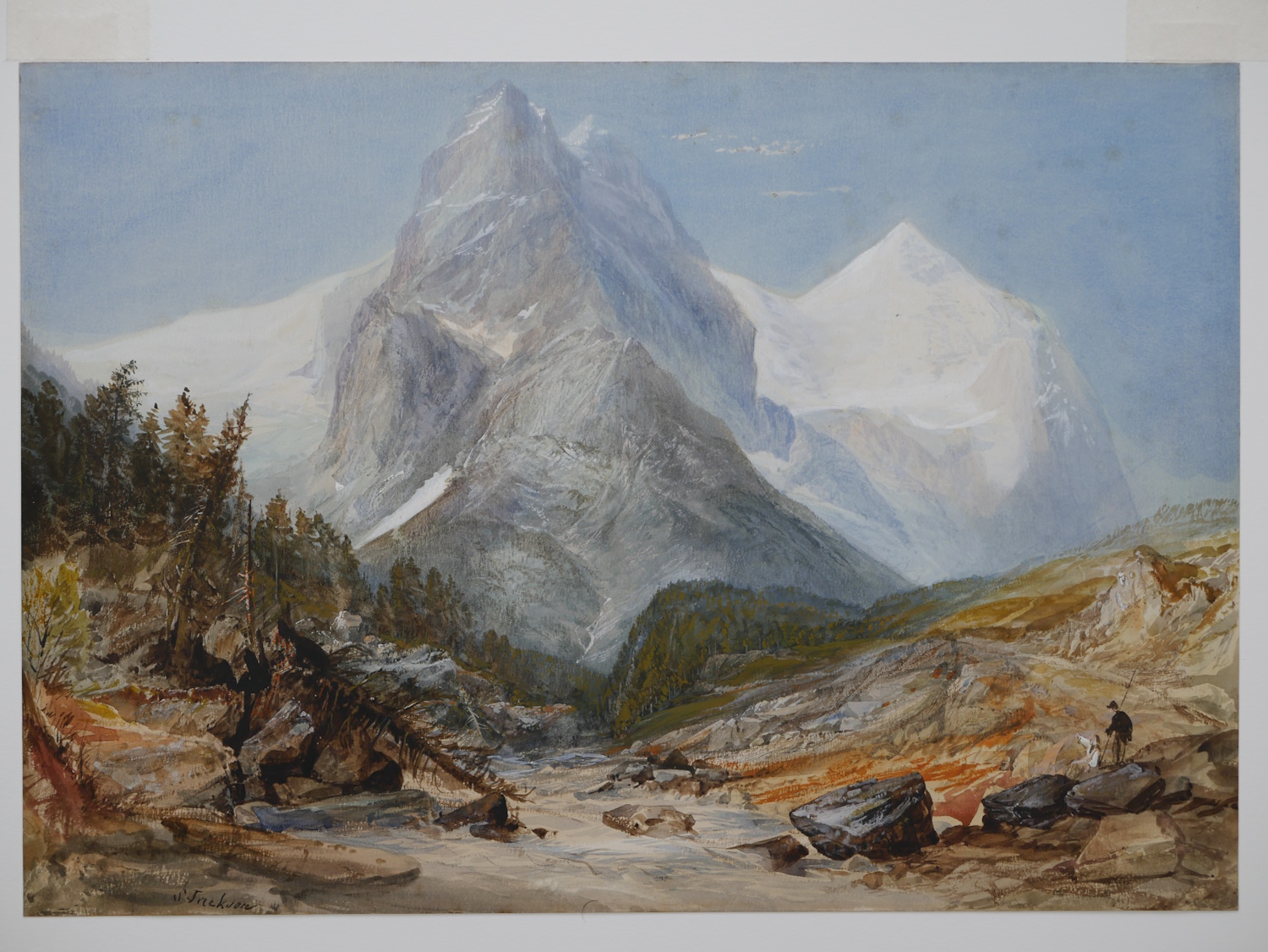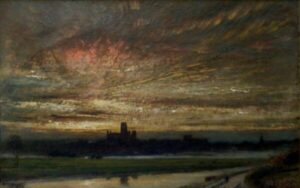Jackson, Samuel (1794-1869)
Samuel Jackson A.O.W.S. (1794–1869) was born in Bristol. His father was an accountant and later a drysalter. Jackson became a professional artist by 1822, primarily a watercolourist of landscapes. He was a lifelong friend of Francis Danby, whose influence is present in his watercolours, but unlike his mentor, he remained in Bristol and became the father figure and mainstay of the Bristol School.
The English antiquarian George Weare Braikenridge FSA (1775–1856) commissioned Jackson to produce watercolours of Bristol and collected many more of Jackson's Bristol scenes, contributing to his large collection of Bristolian historical material known as the Braikenridge Collection. The Braikenridge Collection makes Bristol's early 19th-century appearance one of the best documented of any English city.
In 1824 Jackson was one of the organisers of the first exhibition by local artists at the new Bristol Institution. He also seems to have participated in the revival of the Bristol School's sketching meetings in the early 1830s. In 1832 he was the most eminent artist in the first exhibition of the Bristol Society of Artists, and later he continued to play a large role in that society's successor, the Bristol Academy for the Promotion of Fine Arts.
Jackson built up a successful practise as a drawing master and developed a complex and highly sophisticated technique of painting, with much sponging, stopping, scratching and glazing with thin bodycolour. The majority of his subjects are British landscapes, particularly from Wales and Devon, but he seems to have visited the West Indies, perhaps for his health, in 1827, and he toured Switzerland in 1854 and 1858. He was elected A.O.W.S. in 1822 and retired in 1848.
Examples of his work can be seen in the B.M; V&A.M.; Preston Manor, Brighton; City A.G., Bristol; Fitzwilliam; Glasgow A.G; Newport A.G.






